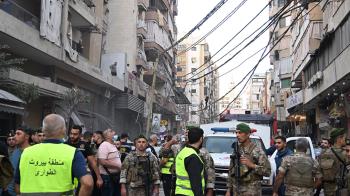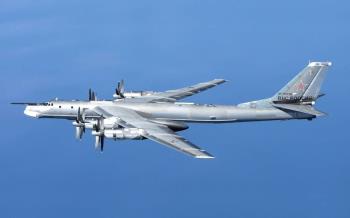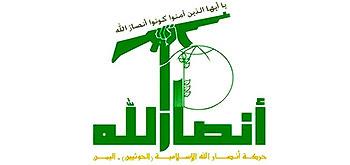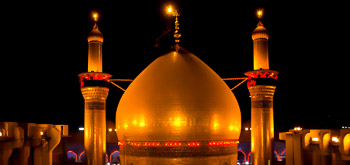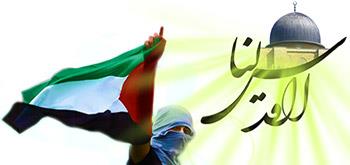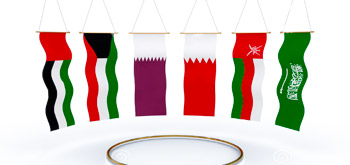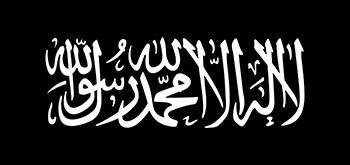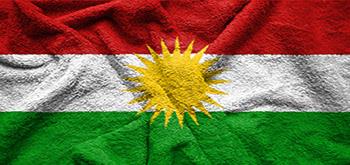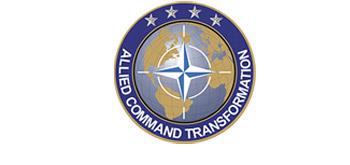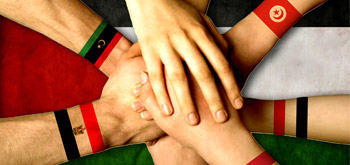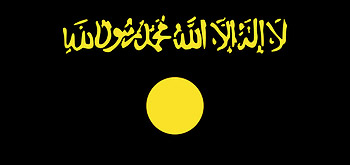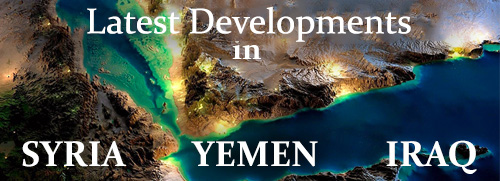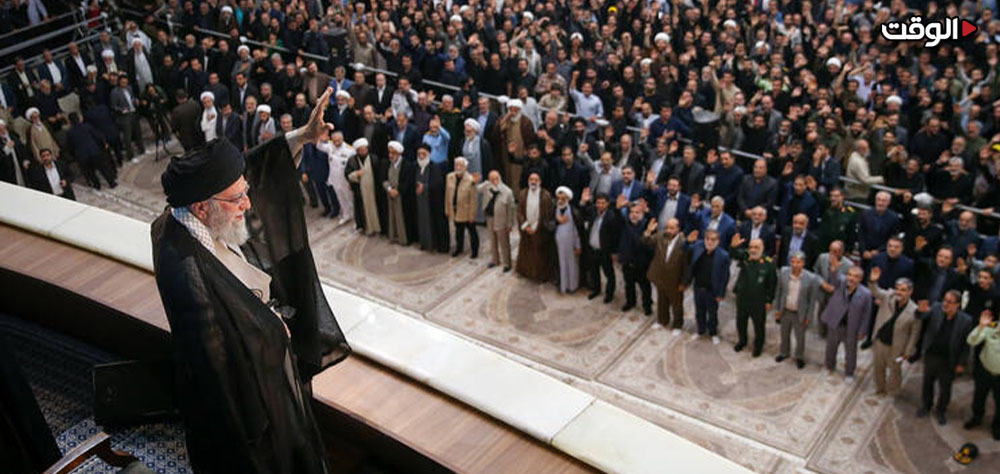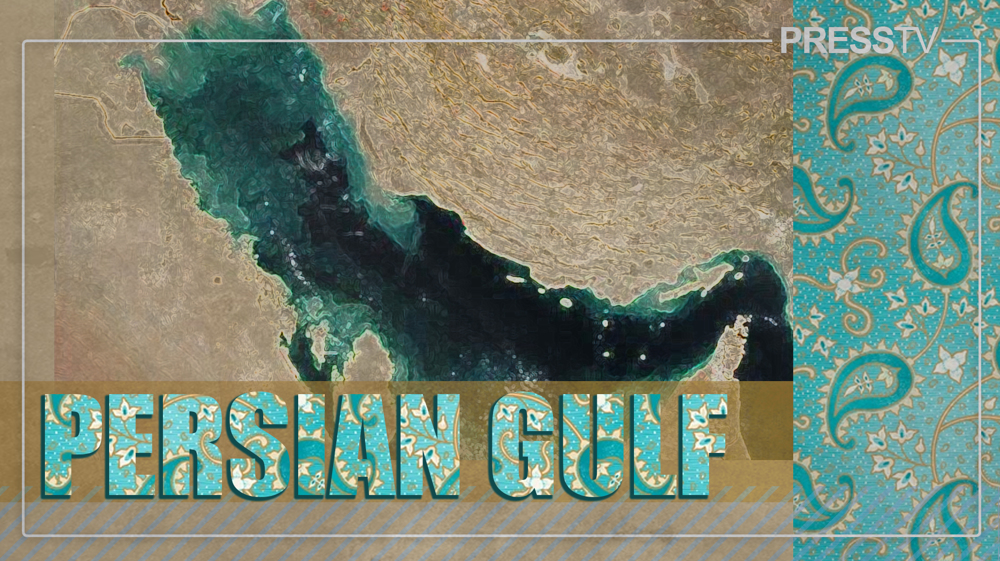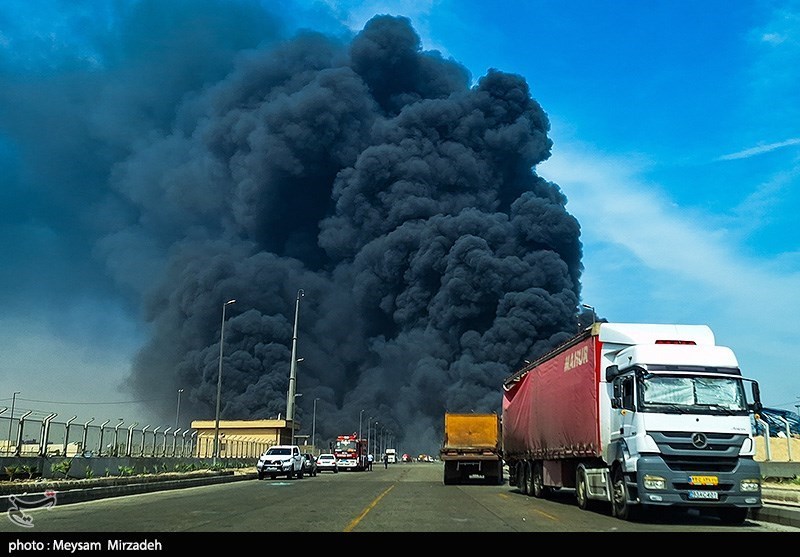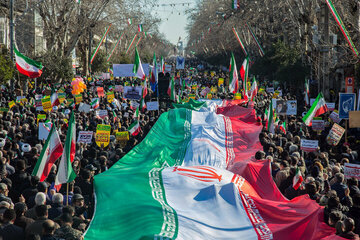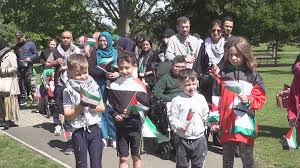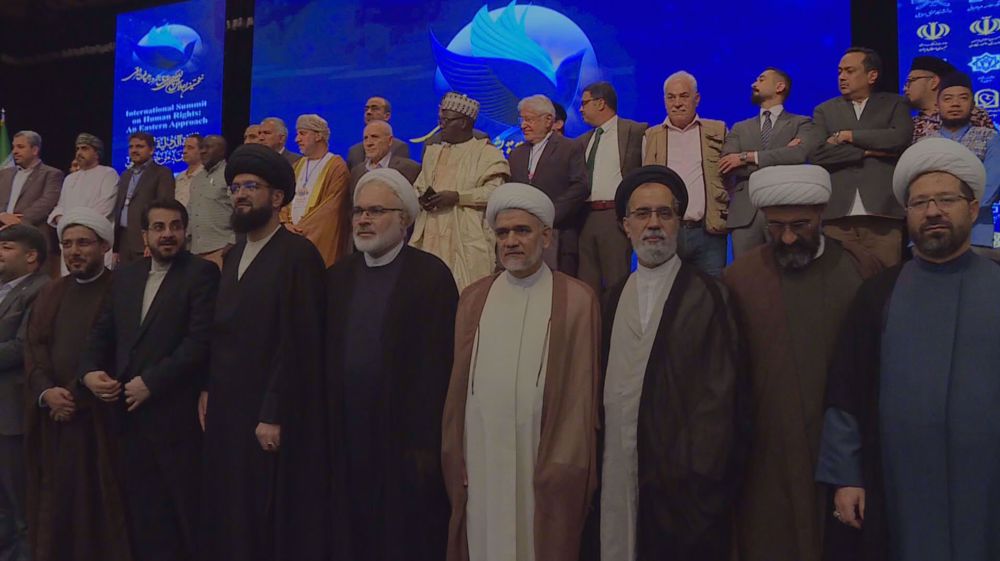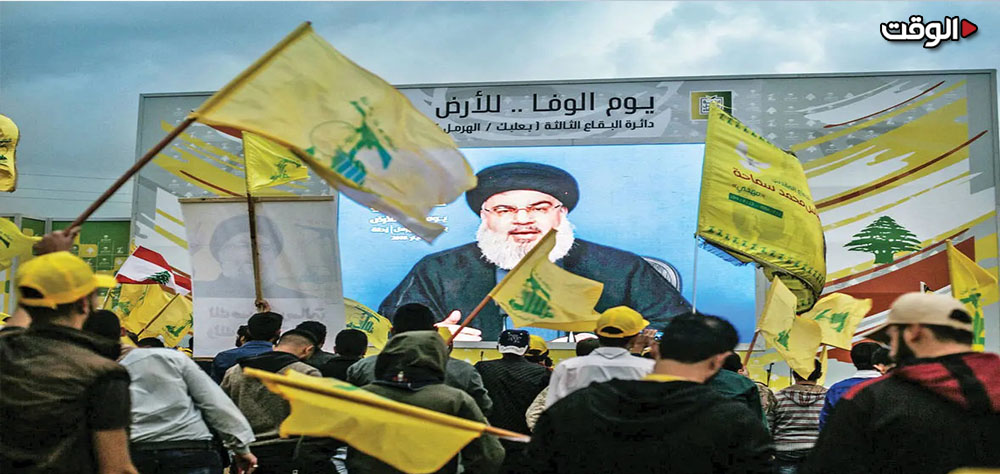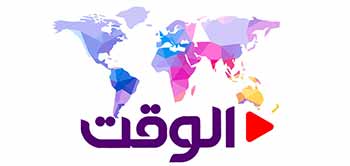Alwaght- The present article is the second part of a three part article on Kobani, one year after the Kobani resistance. The first part evaluated the most important domestic outcome of this event, and now in this article we are going to discuss the regional consequences of Kobani resistance. In this regard, by regional perspective, we mean the West Asia region in general and specifically the impact of the resistance on neighbors of Syria, particularly Iraq and Turkey. Efforts will be made to briefly discuss the most important outcomes of the Kobani resistance. The last part of this article, will be devoted to analysis of the effects of Kobani resistance at the international level which will subsequently be available.
One: direct impact on domestic developments in Turkey and its pragmatism in Syria
Most observers and political thinkers believe that the most important regional implication of Kobani resistance and developments in Syrian Kurdistan have to do with the internal conditions in Turkey and the country's foreign policy towards Syria. As Turkey opposed to sending aids and weapons to People’s Protection Units (YPG), and closed its border to Kobani and its people, which caused other countries to accuse Turkey of collaborating with the ISIS terrorist group, as there were some evidence about such collaborations and arms transit from Turkey to ISIS forces. Consequently, in the parliamentary election held this year, Turkey's ruling Justice and Development Party (AKP) lost majority, and most of the Kurds, and Turkish socialist and Left wing currents as well as women voted for the Kurdish Party which is critical of the policies of the AKP. On the other hand, the Turkish attitude towards the Kurdish people escalated the tensions between the ruling AKP and the Peoples’ Democratic Party.
After breaking the blockade imposed by ISIS, the concerns of the ruling AKP and the Syrian Kurds’ attempts to connect three Cantons together caused unpleasant developments in the peace process, the most important of which can be perceived in Turkey’s pragmatism against the PKK. On the other hand, Turkey joined the coalition against the ISIS and launched several attacks against the Syrian Kurdish forces, which could be regarded as a display of power against the Syrian Kurds that could lead to escalation and continuation of such attacks in future. As the blockade imposed by ISIS on Kobani was broken and the ISIS forces retreated, Turkey became worried about the establishment of another autonomous Kurdistan near its borders and declared that it would not allow such a thing to happen.
Two: the Iraqi Kurdistan Peshmerga forces crossed the border between two countries
As the siege of Kobani and the invasion of the ISIS forces were heightened, the official military forces called Peshmerga, under the command of Massoud Barzani and cooperation of the Ministry of Peshmerga Affairs with the Turkish government, crossed the border between Turkey and Syria, and went to Kobani to support the People’s Protection Units. Considering that the Iraqi Kurdistan Region is a part of Iraqi territory and not an independent state, the act of sending official troops to Kobani could be regarded as a manifestation of the Iraqi Kurdistan’s power to influence the regional equations. However, any activism in Iraqi Kurdistan, in this protective action should be perceived in the framework of pressure of Kurdish groups on regional government of the Iraqi Kurdistan Region.
Three: solidarity and identity establishment of some regional currents as a result of resistance of Kurdish and Kobani forces
In the days that Kobani was under siege, the resistance of the People's Protection Units, especially the Women's Protection Units (YPJ), against the ISIS forces and their heroic efforts to defeat the ISIS forces, led the feminist movements, the socialists and the Leftist as well as the intellectual movements, groups and independent individuals from different countries including Turkey, Iraq, Iran, etc., to revitalize and show their solidarity with the Kobani people. This could be seen in the form of notes, articles, papers, demonstrations and protest of such figures and movements in various countries, in front of the Turkish Embassy, the UN agencies, etc. Debates as well as a series of discussions held by feminist movements of the West Asia in different countries to support Kobani resistance and women could be seen as a kind of legitimacy for female fighters in Kobani which had launched a campaign for itself.
Four: increased sense of solidarity among the Kurds
Another important outcome of Kobani resistance, from beginning up to the end, was the solidarity between the Kurds in the countries of the region. In Iran, this sense of solidarity was expressed with the most peaceful means in different meetings conducted in some cities. In Iraq, this sense of solidarity was shown with logistical and military support and the meetings hold by Kurdish groups from Kobani. In Turkey, due to fierce criticism against government policies and also closure of the borders leading to Kobani, the Kurdish solidarity and protests were radicalized and there were bloody clashes between the army, the police and the Kurds on the one hand, and between the Kurds and Islamists on the other hand. As a result, several people were killed and there were subsequent developments in the peace process, and there were also some conflicts between the Turkish government and the PKK.
Five: higher possibility for establishment of a new model of political system in the region, in the framework of democratic self-management
Kobani resistance and its upcoming developments should be an important turning point for the future of Syrian Kurdistan and three Cantons as well as the democratic self-management model. Democratic self-management model, which is derived from Abdullah Ocalan's ideas, the PKK leader, in his ideological shift, and after the domestic developments in Syria and the control of the Kurds over their regions, has become their primary model of political system in Syria. This model, which calls for the transition from the capitalist and also the socialist governments, has been designed by Ocalan as a third way. Current political models in the West Asia include the religious democracy of Iran, Democratic Republic, Arab authoritarianism, traditional monarchies and the republic kingdom which are nation-state centered. The current political system of the Syrian Kurdistan which has received more attention after the Kobani resistance and success of the Kurds, offers a new model for the socio-political life with an emphasis on ecological gravity and women's role in the community. Kobani resistance and the defeat of the ISIS terrorist group, and upcoming advances of the Kurds, have encouraged the Kurds to defend their desired model of political system.

